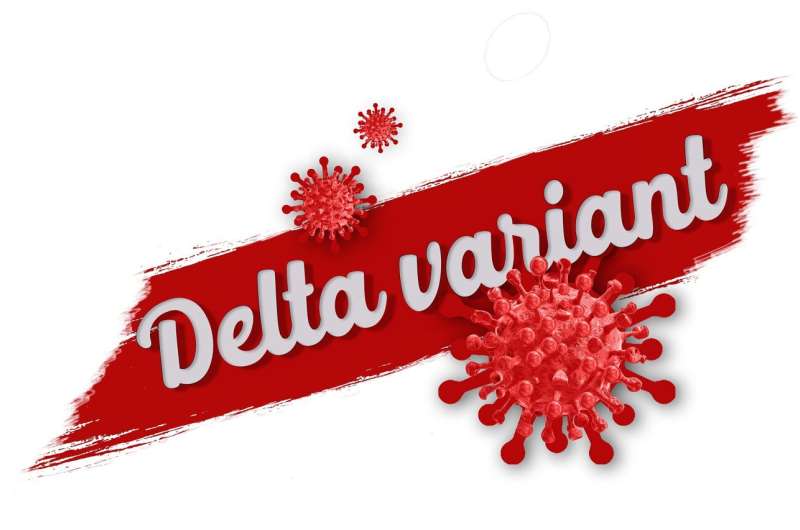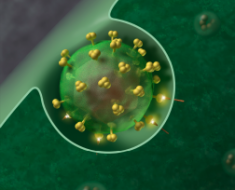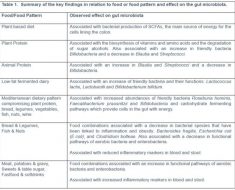
Last summer, the highly contagious delta variant spread swiftly across the globe, becoming the predominant variant first in India, then in the United Kingdom—and some months later here in the United States.
Now, headlines are focused on an offshoot of delta, which is being called “delta plus,” that has people concerned.
First, it’s helpful to understand the scientific terminology being used. At a basic level, calling this latest threat delta plus is itself problematic. There is an offshoot—or sublineage—of delta called AY.4.2 that is causing worry. And although this sublineage is sometimes referred to as delta plus, that is not quite accurate, says Nathan Grubaugh, Ph.D., a Yale School of Public Health epidemiologist.
“Delta plus is a term used by the media to give AY.4.2 a name. What’s adding to the confusion is that several other delta sublineages have been classified as ‘delta plus,” and more will undoubtedly come,” Grubaugh explains. “So, it’s better to refer to this by its sublineage—AY.4.2—until the WHO [World Health Organization] gives it a name.”
So it’s not delta plus, but delta AY.4.2 that has been spreading in the U.K. in recent weeks. AY.4.2 is believed to be slightly more transmissible than the original delta variant and, so far, there have been a few dozen cases in the U.S.
While scientists are still learning about delta AY.4.2, what’s known about it so far is not a cause for alarm, says Scott Roberts, MD, a Yale Medicine infectious diseases expert.
“We have evidence that vaccines work against AY.4.2. We also haven’t seen any data to suggest that any of our treatments or infection prevention strategies, such as masking or social distancing, won’t be effective,” Dr. Roberts says.
We spoke more with Dr. Roberts and Grubaugh about delta AY.4.2. Their answers to commonly asked questions are below.
What is delta AY.4.2?
To answer that question, it helps to know that mutation is a normal part of any virus’s life cycle. When a virus invades human cells, it replicates—and often changes a little. Those changes are called mutations, and when a virus contains a unique set of mutations that alters its properties (such as its infectiousness or ability to evade or overcome the immune system), it is considered a variant. delta, for example, is a variant of the SARS-CoV-2 virus.
“AY.4.2 is not itself a standalone variant, but instead a branch of the delta family tree,” Grubaugh explains. “It is a sublineage of delta.”
Or, as Dr. Roberts put it, AY.4.2, “is still the delta variant, but with a few specific mutations.”
To be exact, with delta AY.4.2, there are two key mutations to the spike protein: AY145H and A222V, Grubaugh says. “What’s important is that they aren’t located in a spot where important neutralizing antibodies to the vaccine would typically bind,” he adds.
In other words, there is no reason to believe that vaccines or treatments that use antibodies are any less effective with AY.4.2, Grubaugh says. In fact, vaccines appear to be effective against delta AY.4.2, says Dr. Roberts.
Is delta AY.4.2 more dangerous than delta?
So far, delta AY.4.2 is believed to be 10 to 20% more transmissible compared to other delta cases that are circulating, Grubaugh says.
Although data is limited, delta AY.4.2 does not appear to be more virulent [resulting in greater chance of death or hospitalization], he adds.
Why are we talking about delta AY.4.2?
Delta AY.4.2 has gained attention in the U.S. because of its spread in the U.K., Grubaugh says.
As of mid-November, delta AY.4.2 makes up about 15% of sequenced cases in the U.K. Worldwide, there were more than 40,000 reported cases in 39 countries, accounting for about 1% of cases.
“The U.K. has a robust surveillance system, and they have detected that AY.4.2 is growing at a consistent rate,” Grubaugh says. “Typically, we see new delta sublineages randomly rise and fall in frequency. But this one has increased consistently between 1 to 2% per week in the U.K. for the last several weeks.”
This is worrisome for some, who see similarities between the emergence of AY.4.2 and the detection of delta this past summer; within a few months, it had overtaken the Alpha variant as the predominant coronavirus strain around the world.
But, says Grubaugh, it’s helpful to put this into perspective. The estimated 10 to 20% increase in transmissibility with AY.4.2 pales in comparison to how delta overtook Alpha earlier this year.
“In Connecticut, we found delta to be 80 to 90% more transmissible than Alpha. And that’s why it was able to displace all other variants within a couple of months,” Grubaugh says. “But because the enhanced transmissibility of delta AY.4.2 is relatively small, it would take several months to become dominant, if it ever did.”
Rather, Grubaugh thinks it is more likely that it will co-circulate with other delta sublineages that are emerging, similar to what occurred prior to delta.
“In early 2021, we saw several variants—Alpha, Beta, Gamma, Iota, and Epsilon, for example—co-circulate because they had relatively similar transmissibilities,” Grubaugh says. “Some of the differences between these variants are similar to the differences between AY.4.2 and the other delta sublineages. It is even likely that other delta sublineages will emerge that are similar to AY.4.2, and they will all co-circulate together.”
Should we be worried about delta AY.4.2?
The emergence of delta AY.4.2 is not a reason to worry, experts stress. However, it is a reminder of the importance of vaccination in order to prevent new—and potentially more lethal—variants and sublineages from developing.
“As long as we have virus transmission, there will be the evolution of new variants. You can’t have one without the other,” Grubaugh says. “And we have vaccination as the tool to stop transmission. We just need to get more shots into arms.”
Dr. Roberts agrees.
Source: Read Full Article





